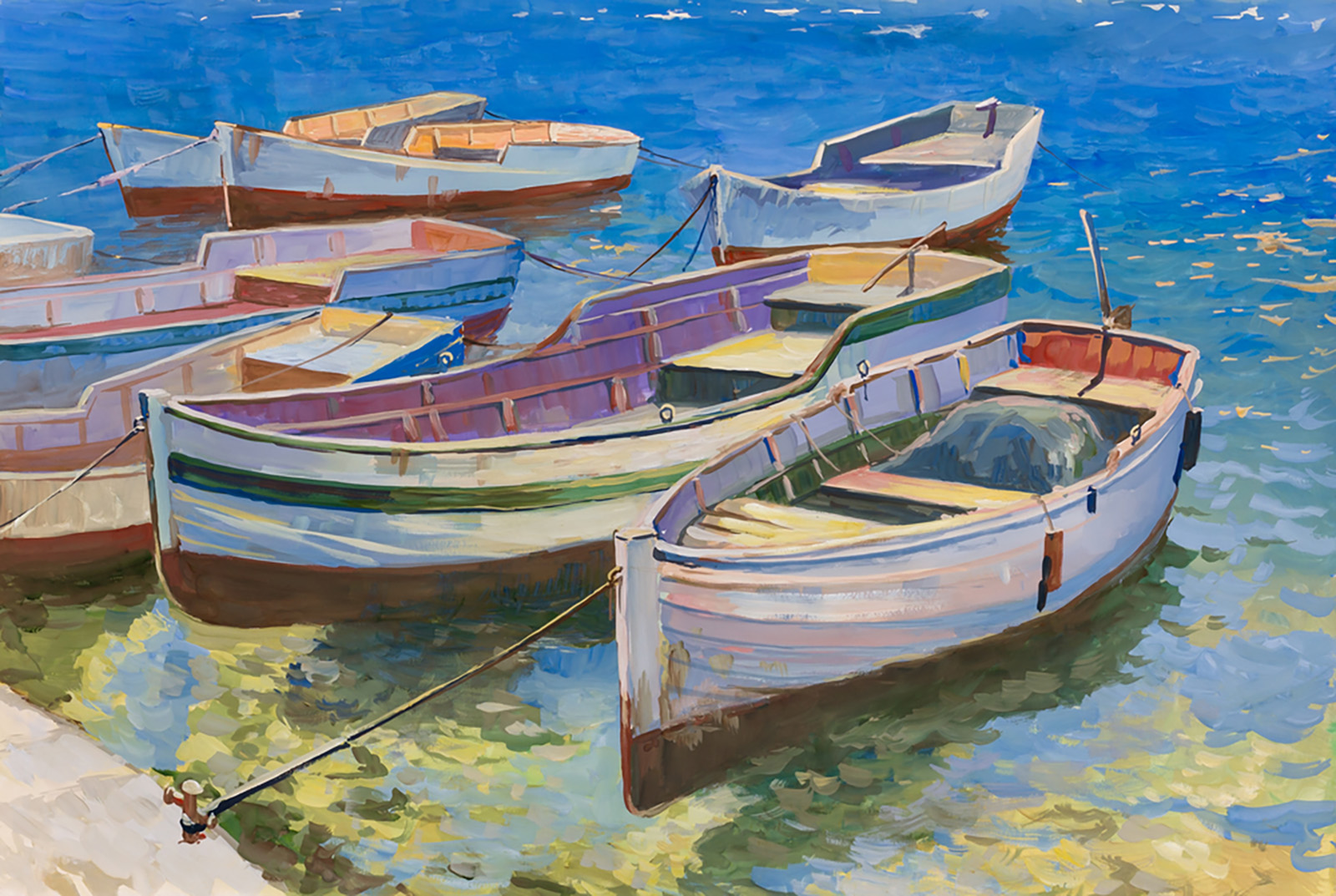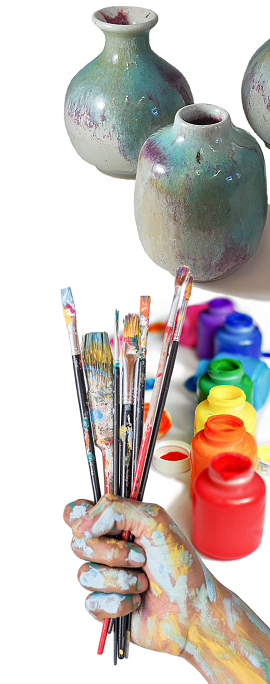Creating textures in any visual art gives the art excitement, movement, and variety. Somehow an otherwise drab-looking artwork comes alive when textures and texture contrasts are incorporated into the painting. Aside from that, depths and shades are better executed, monotony is removed, and interests are sparked.
There are combinations and variants in creating texture some of the most often practised are:
Splattering textures involves loading a brush with colour and tapping the brush at a height to the paper. Care is observed when splattering a texture since too much water in the brush might lead to big blots and blobs that will not be as easy to control. Another technique for splattering a texture is to use a pencil or the handle of another brush when tapping the brush that is loaded with colour unto the paper.
Spraying textures is very much like splattering although in this technique the artist uses a toothbrush instead. Since toothbrushes are made of nylon and could therefore not hold much paint and water, charging the toothbrush with paint from a paintbrush is preferred rather than dipping the toothbrush in a puddle of water diluted colour. Again care is observed that the toothbrush is not loaded with too much water as dripping will ruin the work. To spray the texture, rake the bristles of the toothbrush along the points where sprayed textures are desired.
Sgraffito Textures. Sgraffito is scratching a layer of paint to reveal the paint underneath. To do this, use thin plastic materials that you could hold firmly or the angled scrapers built into (some) brushes to scrape the underlying colours. This technique is used for detailing the flora, branches, and trees.
Stamped Textures. Stamping is applying colour using just about anything except the brush. Organic materials are the favourites like leather, sponges, laces, leaves, and cross-sections of tubers; possibilities are endless as textures are. The most commonly used though are sponges and tissue papers. Sponges for example are dipped into the colour and applied to the paper to form shapes that are intended.
Back Wash Textures remains the widest used texture in watercolour painting. Backwashing involves the laying of a predetermined area with colour and while still wet lay another colour that creates an interesting mix as the colour merges. The texture is influenced by the natural conduction of water to leave different marks on paper depending on its degree of dryness, wetness, and texture. After that, the brush is dipped in water and flicked over the painting further creating textures and shapes of interesting value as the colours merge.
Alcohol Textures creating this texture are very similar to the backwash and the splatter except that instead of water, alcohol is flicked over the artwork. The chemical composition of the alcohol creates interesting patterns on the paper very different compared to pure water flicking.
Salt Textures. The natural action of salt when it is sprayed in small amounts of water is that it tends to absorb it. This absorption creates patterns different from that of flickering alcohol in pure water. Salt however will accelerate the rotting of the paper over time. In creating textures with similar effects, some artists use sawdust instead that will be brushed off when the painting dries.


